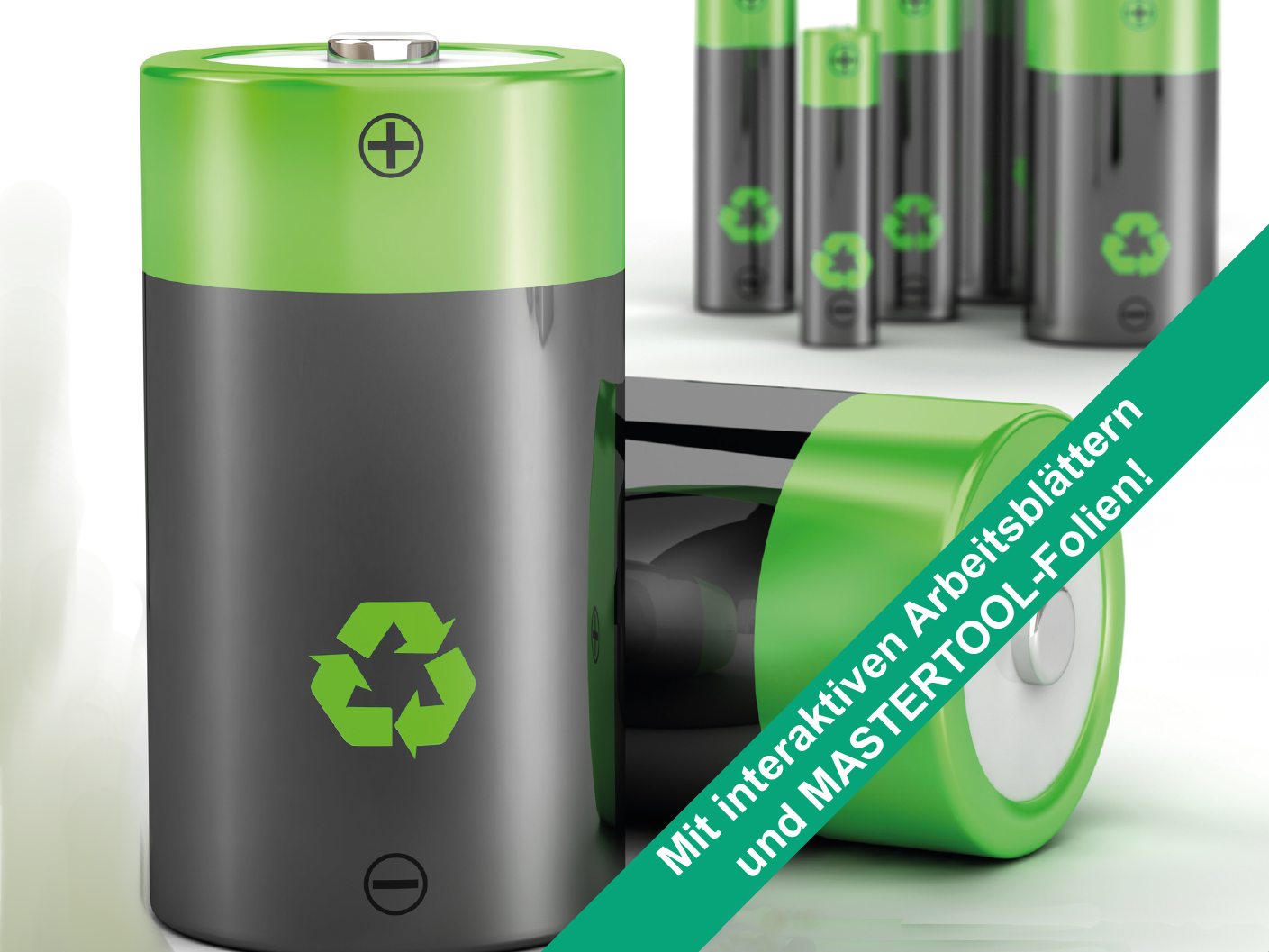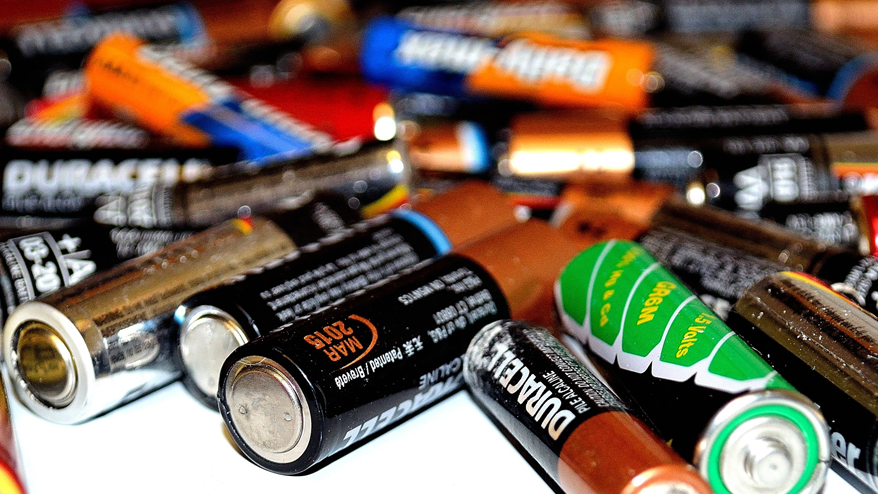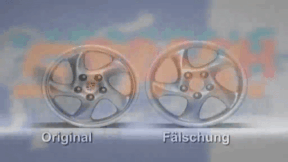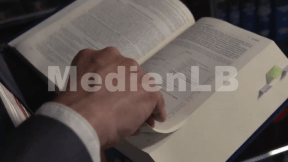 Ecological
Ecological

4671727 / 5561525
Batteries
From Production to Recycling
A battery is a portable source of chemical energy, which is converted to electrical energy as soon as the battery is placed in a circuit. The main principle is the same in almost all batteries. A metal that forms the negative terminal is opposite a positive terminal. The positive terminal is also called anode, the negative terminal cathode. Between the two terminals there is an electrically conductive liquid, the so-called electrolyte. As soon as a battery is placed in a circuit, positive and negative terminals are connected via an external contact and electrolysis takes place. On the way, a current flows from anode to cathode
Play trailer
Curriculum-centred and oriented towards educational standards
Matching
Product Piracy
Counterfeiting takes place in almost all economic sectors – textiles, watches, car parts, machine parts, tools, accessories, software and medicines. Some counterfeits are easy to recognise, others are so well-executed that even experts have difficulty distinguishing between original and imitation. This DVD covers the development of a product from idea to manufacture. Once a product has become a trademark, product pirates appear on the scene.
Rights and Obligations
Three girls of different ages: Anna is 17, Paula 15 and Lena 13. Before the law, their respective ages have consequences – because children and adolescents have different rights and also obligations.









